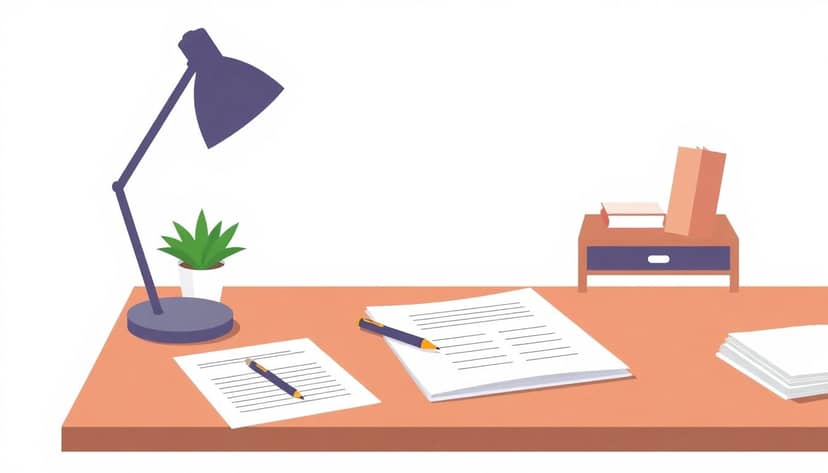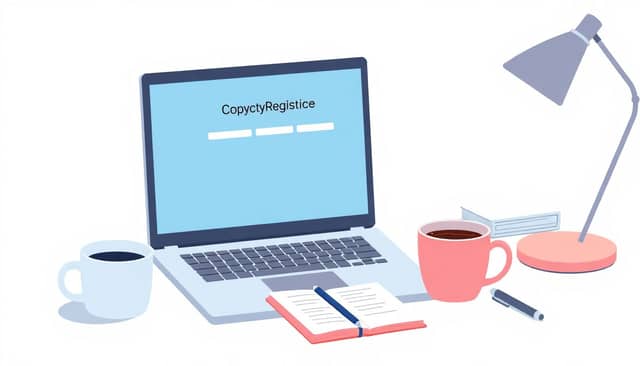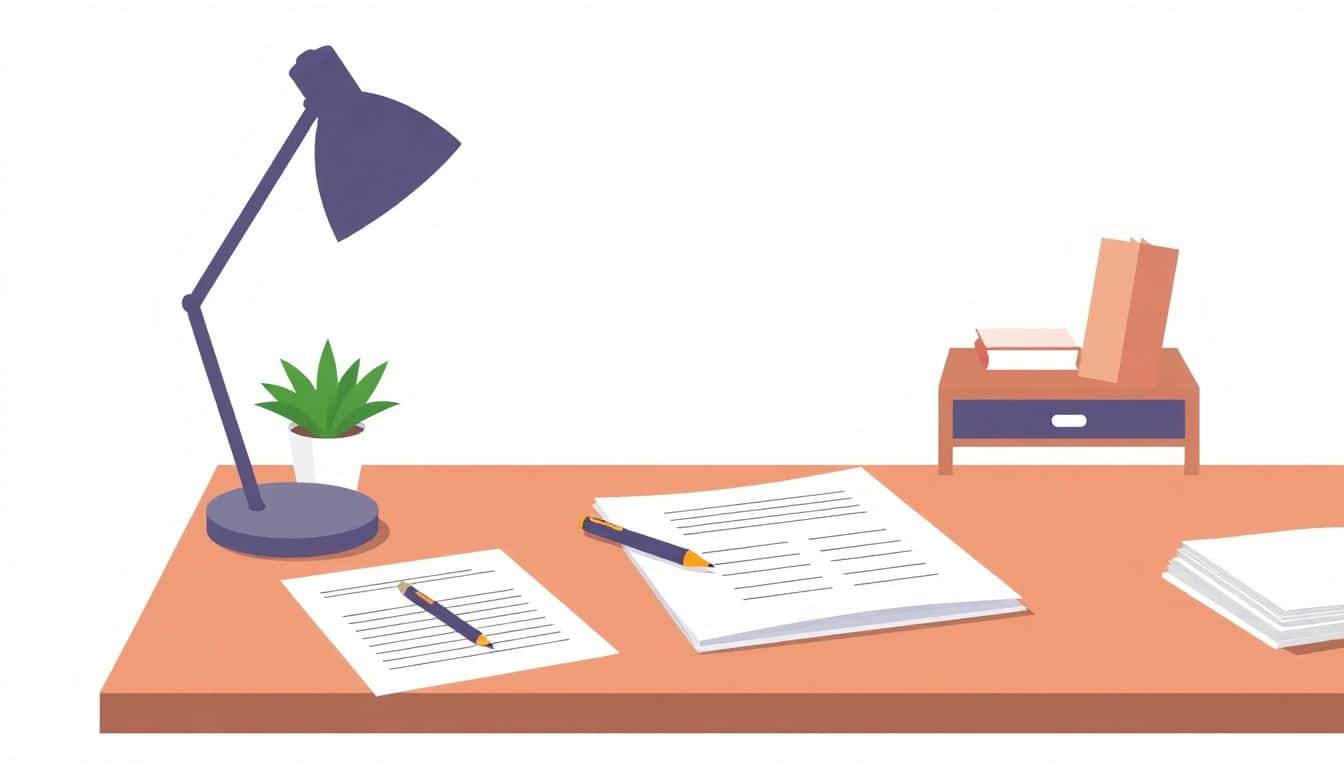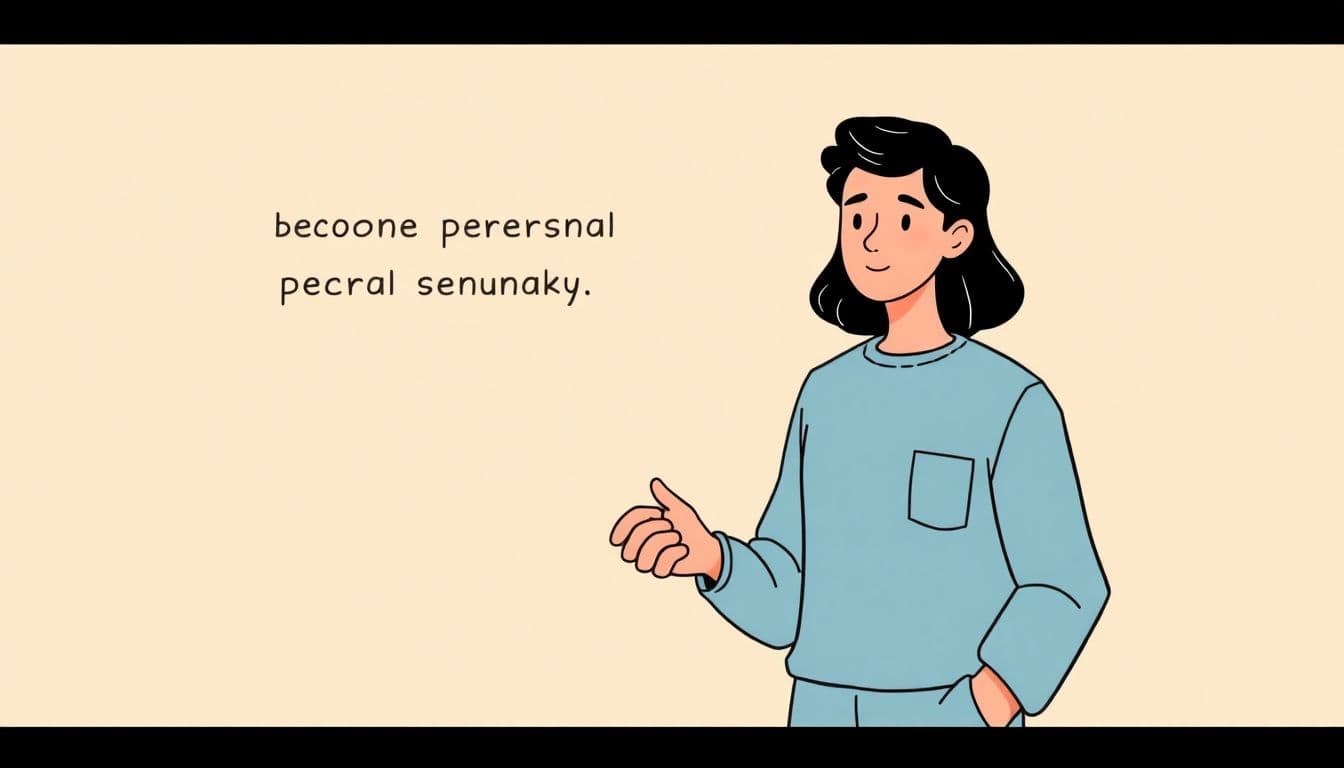Table of Contents
Let’s face it, you’ve probably heard that registering copyright is a pain—forms, fees, and paperwork can make the whole thing feel overwhelming. You’re not alone; many creators hesitate at the thought of all those steps.
But here’s the good news: By following some clear and simple steps, the entire process can become surprisingly painless. Stick around, and I’ll walk you through every part, from choosing which works qualify, to getting your shiny new certificate.
Ready? Let’s dive right in.
Key Takeaways
- Check if your creation qualifies—original works like books, art, music, software, and photos can be registered, but ideas, facts, or short phrases cannot.
- Gather necessary details upfront—work title, author names, contact info, and publication history if applicable.
- Register online—it’s cheaper, quicker, and easier compared to mailing paper forms.
- Create an online account to start your application process and remember to store your login info safely.
- Submit the application accurately and carefully, then pay the registration fee (typically $45-$85 online).
- Upload your work digitally or mail physical copies, depending on your choice.
- Expect a few months wait for online registrations; mailed ones can take over a year before receiving your certificate.
- Keep digital backups of your certificate and related documents safe for future use.

Step 1: Determine if Your Work Qualifies for Copyright Registration
Before you jump into the paperwork, first ask yourself—does my work even qualify for copyright? Generally, creations like books, music, films, software, architectural designs, photographs, and illustrations can all receive copyright protection.
However, not everything makes the cut. U.S. copyright law doesn’t cover ideas, facts, short phrases, titles, procedures, slogans, or anything that’s considered common knowledge. You won’t be copyrighting your shopping list anytime soon, unless it’s turned into a poem or short story!
Also, keep in mind that your work needs to be original and have some form of creativity in it. Even if you incorporated AI-generated material, there’s still hope—the U.S. Copyright Office has registered hundreds of such works this year alone, as long as there’s clear human input involved.
A quick tip: make sure your work is in a fixed format, like written down, recorded, or saved digitally. Ideas floating around just in your head don’t count yet!
Step 2: Gather the Information Needed for the Application
Alright, this might seem a little boring, but getting your facts straight upfront saves you headaches later. You’ll need the basics like the title of your work, author names, and contact details.
If the work has been published already, have that information ready—publication date, location, and maybe even the publisher’s details. If you’re self-published, the process might be slightly different, so be sure to check out a solid guide on how to get a book published without an agent.
You’ll need clear info on ownership too. Did you create the work alone, with collaborators, or was it commissioned as work-for-hire? Be really clear here, as ownership details can affect your rights down the road.
Once you’ve grabbed all this info, write it down somewhere organized—trust me, hunting down details at the last minute is super frustrating.
Step 3: Choose Between Online or Mail Registration
Okay, now you’ll have to decide how you’re submitting your copyright application: online or snail mail? Online registration is faster, cheaper, and honestly, way more convenient.
The online submission lets you track your application’s process easily and typically saves you some money. At this point, pretty much everyone chooses online since the turnaround time is way faster (usually a few months online compared to a year or more by mail!).
But if you’re old-school and mailing stuff makes you feel comfy, you can still submit via traditional mail. You’ll need to download and print the “Form CO” from the U.S. Copyright Office website.
Pro tip: Choosing the wrong submission method can cause unnecessary delays, so pick what genuinely works best for you and your timeline!

Step 4: Set Up an Online Account with the Copyright Office
Okay, you’ve decided that signing up online is probably easier than using snail mail (good call, honestly).
Your next move is to create an account on the Copyright Office website.
Head over there and look for a button or link labeled something like “Register a Copyright,” “Create an account,” or something similar.
You’ll then enter basic personal details like your name, address, email, phone number—that sort of thing.
When setting up your username and password, pick something you’ll actually remember (or jot it down), because trust me, losing login details later is equal parts frustrating and embarrassing.
Once you’re done, check your email for account activation steps.
Click any verification links, activate your account, and boom, you’re ready for the next stage.
Step 5: Fill Out and Submit the Application Form
Filling out your copyright application form isn’t too hard—more like filling out any paperwork.
Log into your newly-created account, choose the option to register a new copyright, and follow the prompts provided.
You’ll have to enter stuff like the title of your work, creator (you or whoever else is involved), year of creation, whether it’s been published, and if so, the publication details like date and publisher name.
If you’re a self-published author, it’s handy to get clear about the publication process; here’s a quality guide if you need to learn how to get a book published without an agent.
Pro tip: Double-check absolutely every detail before submission because mistakes can delay the whole process by weeks or months.
Once everything’s confirmed, hit submit and pat yourself on the back—the hardest part is over.
Step 6: Pay the Copyright Registration Fee
Yeah, unfortunately, this part means you open your wallet—but it’s fairly painless overall.
Once you’ve submitted your application, you’ll see the fees and payment options (usually credit card or electronic bank transfer).
Currently, standard online applications usually cost around $45 to $85, depending on type.
Mailing your application usually sets you back more, sometimes around the $125 neighborhood, plus postage.
Remember, super-fast processing isn’t a thing here—standard online applications can take months, but that beats mail-in applications, which sometimes take more than a year. So choose wisely and budget accordingly.
Step 7: Submit a Copy of Your Work
Once you’ve paid, it’s not yet game-over—now you need to submit your actual work.
For most online applications, you’re uploading digital versions—like Word docs for written work, JPEG or PNG images for photos and artwork, MP3s for music, or MP4 for videos.
Keep your files simple and correctly formatted (check Copyright.gov guidelines) to avoid unnecessary delays.
If you’re mailing your application, you’ll also have to send physical copies—two copies for a published book, one camera-ready manuscript if unpublished.
Another advantage of going digital: no worrying about postal delays or items getting lost.
Step 8: Receive and Review Your Copyright Registration Certificate
This is the fun part where your patience finally pays off—receiving your official copyright registration certificate.
Online submissions typically reach you in a few months; if you applied by mail, you might wait more than a year (which feels like forever).
Your certificate is usually delivered in digital PDF form for online registrations or paper for mailed ones.
Once you get it, don’t immediately stash it away—take a couple of minutes to verify all details are correct.
If they aren’t, promptly contact the Copyright Office directly to arrange corrections.
Step 9: Keep Your Copyright Registration Records Safe
Nice job, you’ve made it through the entire process successfully—but that’s not all there is.
Do yourself a favor and keep a safe backup of everything—application, certificate, communications, and copies of your work.
Use reliable cloud storage solutions like Google Drive, Dropbox, or something similar to secure a digital copy.
Personally, I keep backup copies in three places: cloud storage, my laptop, and external storage.
Yeah, it might seem excessive, but imagine losing that certificate when you need to prove your copyright; you’ll thank yourself later.
Special Cases: Group Registrations and Unpublished Works
Sometimes life’s a bit more complicated than just single-item copyrighting.
If you’ve got lots of similar works, like collections of unpublished short stories, blog posts, poems, or even a bunch of realistic fiction writing prompts, group registration can save money and hassle.
To qualify usually, the works need matching categories (same author, same kind of material), created within a certain timeframe.
Carefully follow guidelines for group registrations provided directly by the Copyright Office.
Also, unpublished works are totally registrable too; they don’t need to hit bookstores first.
Actually, getting your unpublished drafts registered helps protect your ideas while querying publishers or sharing samples with collaborators.
One last thing, always ensure human creativity covers the essential part: Recently, since the Copyright Office dropped its AI Registration Guidance in early 2023, they’ve registered hundreds of works incorporating AI-generated content, but only if human authorship clearly dominates.
Remember, registering copyright isn’t flashy or super-exciting—but if your work gets stolen, infringed, or copied, you’ll be grateful you’ve followed every step carefully.
FAQs
Your work qualifies if it’s an original expression fixed in a tangible form—like writings, music, visual artwork, or software code. Ideas, procedures, titles, and facts alone aren’t eligible for copyright protection.
When applying online, processing generally takes 3-6 months. Mail-in applications typically require 8-11 months. Timeframes may vary based on how quickly the Copyright Office examines your application and resolves potential issues.
Online registration is faster, less expensive, and offers electronic payment. Mail registration takes more time, involves higher fees, and requires printing and mailing completed forms along with physical payment and deposit copies.
Use group registration when you have multiple related works (like photos, poetry, or serial publications) from the same author. It saves time and cost compared to filing separate registrations for each individual work.



